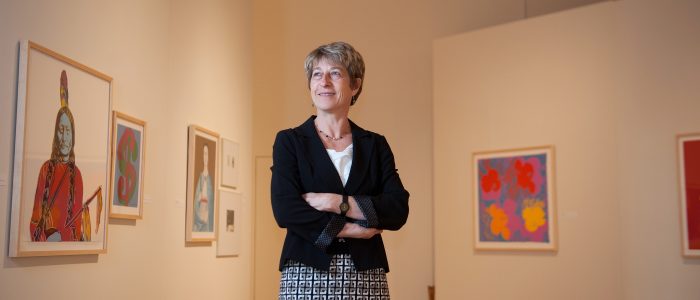Welcome to this issue, which features some of the images from our new gallery of historical photographs of the College in the Dean’s office suite, beautifully researched and curated by our colleague Kara Valle. The pictures may serve as a constant reminder of who we are and where we came from.
Gonzaga College, as you know, was founded 130 years ago, in 1887, and became Gonzaga University in 1912. At that time the College of Arts & Sciences was established. Because of the small size of the school, there was no need for a dean until 1917 when Fr. Charles F. Carroll, S.J., became the first administrator to lead the College. The original campus opened with 7 male students ages 10 to 18 and 17 Jesuits. The educational model followed a liberal arts curriculum in the Jesuit tradition and included the classics, literature, philosophy, theology, and natural sciences. The stated mission of the University was to offer students “the facilities for securing a solid and complete education, based on the principles of religion and calculated to fit them for a successful career in life.” Today we have about 7,800 students and 19 Jesuits, and 105 buildings on 131 acres of land.
Since I arrived at Gonzaga almost four years ago I have been thinking about the meaning of the College of Arts & Sciences and its role in the broader university context. While at the start, the College was it, today we find ourselves in the midst of several professional schools, among which we are known as the heart and soul of the university. All undergraduate students begin their education in the College, where we stay true to our heritage of the liberal arts learning. Our programs are truly transformative, and we are fortunate to work in such a vibrant and stimulating environment. We hope that you enjoy reading about some of our recent highlights and catch up with some of our alumni in this newsletter.
Do take the time and visit us in College Hall to look at the full exhibit! As well, we hope that you follow us on Facebook and Twitter and share your stories with us. Always, we want to hear from you!
Elisabeth Mermann-Jozwiak, Ph.D.

